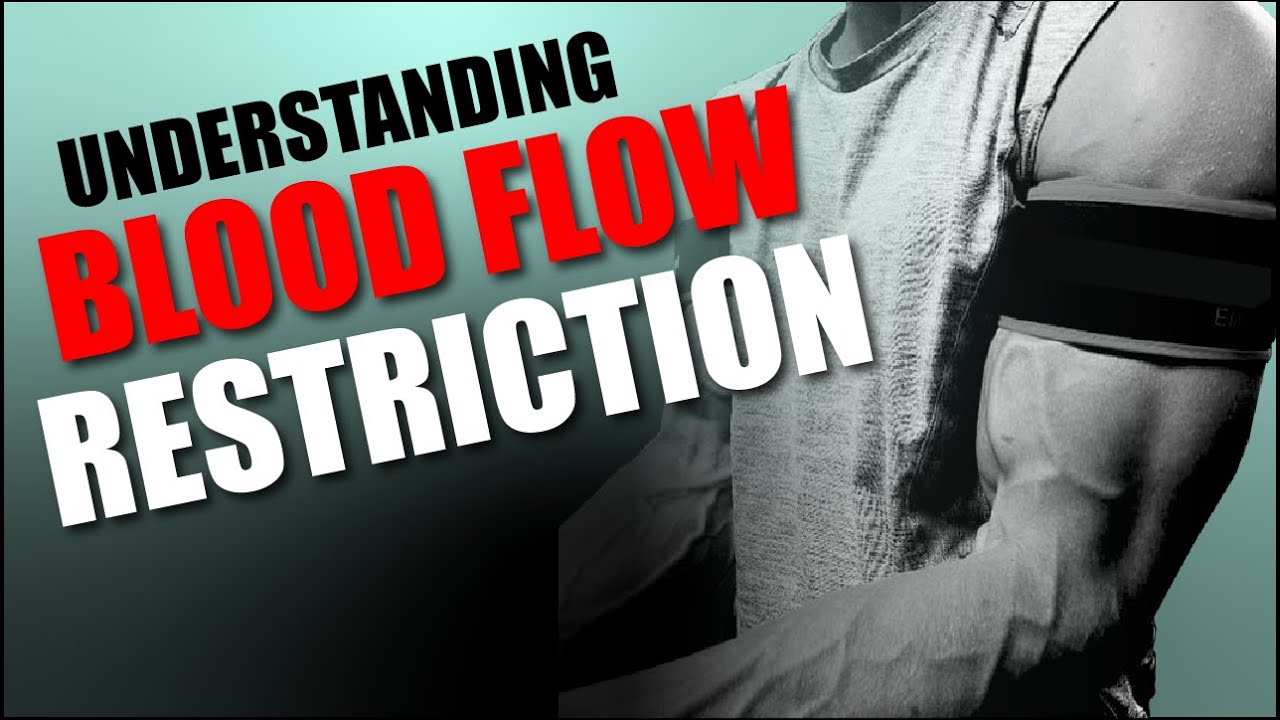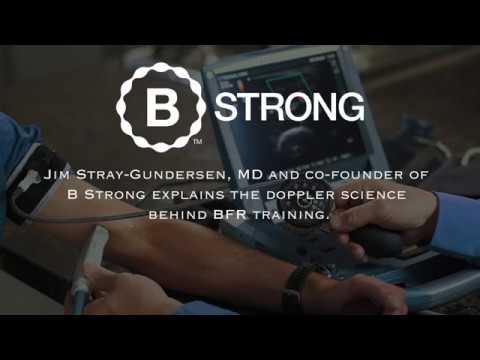Interesting that quite a few of you are also using BFR! I guess we are all biohackers here to a degree  .
.
My understanding is that the mitochondria are A or maybe THE central key to healing and well-being. As with everything it’s about finding the right dose to support weak cells by raising the voltage across the cell membrane (healing is voltage…) and to stimulate the mitochondria in a zone of eustress and to avoid distress (overstimulus). As with substances, the golden rule is that “the dose makes the poison” (Paracelsus).
PEMF, physical exercise, hot/cold exposure, breathing exercises, BFR, LLLT, … - they all are different forms to stimulate mitochondria that lead to improved microcirculation, nitric oxide production and improved oxygenation. Mitochondria need stimulation! It is very personal what level an individual would need to have the right amount of stimulation and where overstimulation starts.
The same I guess holds true for a combination of modalities like ICES, BFR, sauna, exercise, etc. For some, the combination might bring them to a sweet spot, while for others the same exposure might not be enough or already too much stimulation. In addition, different organs or regions of the body might need different stimulation und support levels, depending on their “health status”.
What is also common is that the same stimulus for an extended period of time (long session or the same stimulus every day/… over some period) can lead to a habituation effect.
For me, it makes sense to cycle stimuli incl. ICES protocols and other forms of stimuli frequently, so that the mitochondria have to keep adapting to the “training” stimulus and keep them flexible.
I therefore change my ICES, BFR and other exercise protocols on a rotational basis.
Does this make sense to you?


 i wonder if a wide dynamic in pemf might give similar benefits in following such pattern as other therapies mentioned above.
i wonder if a wide dynamic in pemf might give similar benefits in following such pattern as other therapies mentioned above. .
.